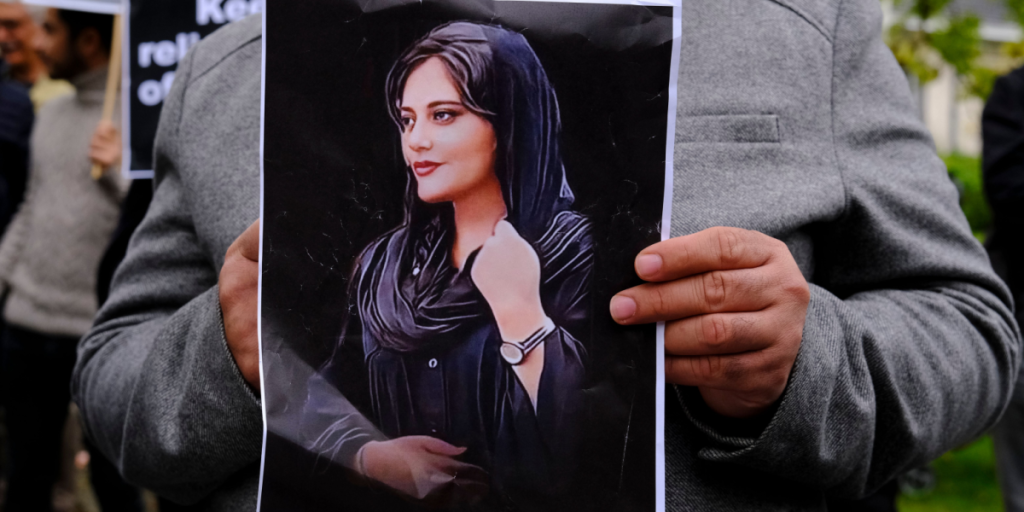In many cities around the world, change often starts quietly. It begins with small acts that would seem ordinary anywhere else. In Tehran, those acts stand out in a very different way.
Others are reading now
Women riding motorbikes. Women showing their hair. Women moving through the city with a confidence that was not always visible. These simple scenes are becoming part of daily life, even though they break rules that have shaped Iran for decades.
It Has Been Building for Years
Iranian law says only men can get a motorcycle license. Authorities claim women cannot meet the level of modesty they expect while riding, and conservative officials argue that a woman on a motorbike is “exposed to the wind”, this writes APNews.
Even so, more and more women are riding through Tehran’s busy traffic. At the same time, many women walk the streets without a hijab. Doing so is still illegal, yet the number of women taking that risk has grown.
Researchers who follow Iran say this is not a sudden shift. The energy behind it has been building for years. It gained new strength after the death of 22-year-old Jina Mahsa Amini in 2022.
She died after being detained by the country’s morality police for wearing her hijab “improperly.” Her death sparked protests across Iran. The movement became known as “Woman, Life, Freedom,” and its message spread around the world.
Women Proceed with Caution
Also read
The government tried to restore strict control, but many Iranians say the morality police never fully returned. Women now make choices based on where they are, who is watching, and whether they need to visit a government office or a bank. Even with these limits, the change is visible across the country.
Iran is under pressure after a recent conflict with Israel, and the government faces a deep economic crisis. Inflation is high. The currency has lost value. The middle class struggles. Many analysts believe the authorities now pick their battles carefully because they cannot afford more unrest.
Officials still enforce dress rules, but their methods have shifted. Some cafés lose their licenses. Cameras and plainclothes agents monitor public spaces. Universities install face recognition systems. Drone surveillance is used on busy streets.
Even with these efforts, women continue to push the boundaries. Many experts believe the movement is now too widespread to reverse. Iran’s leadership faces a generation that grew up educated, connected, and prepared to resist. Their struggle has lasted decades. It shows no sign of fading.
Also read
This article is made and published by Anna Hartz, who may have used AI in the preparation


